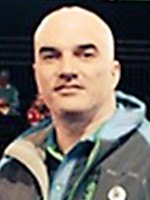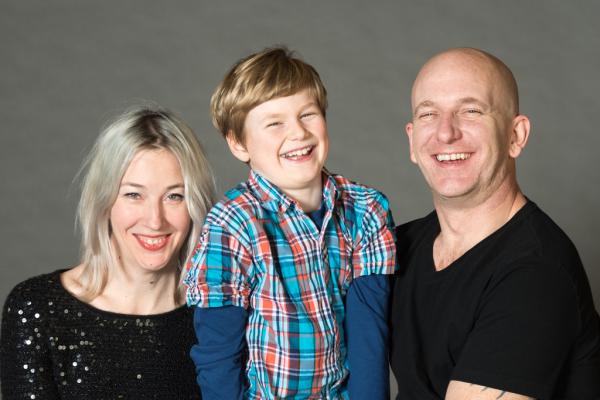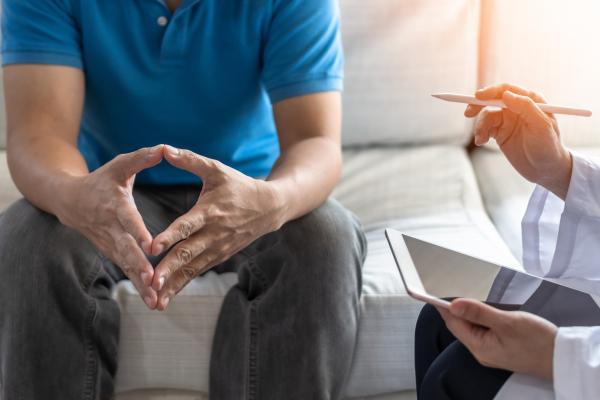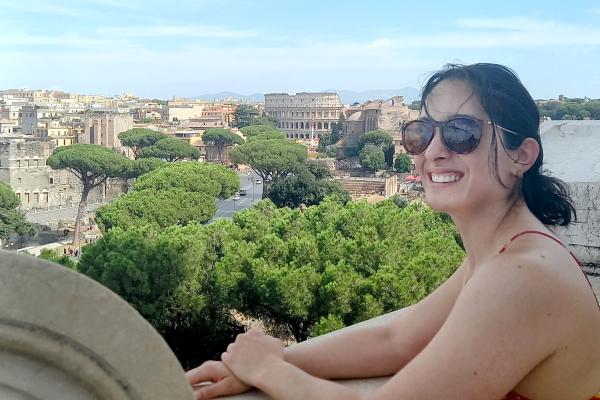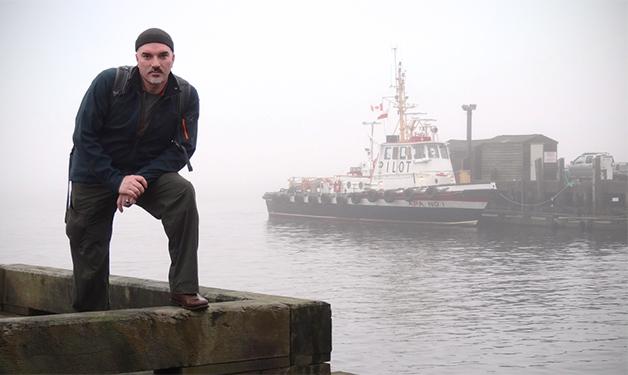
Meet Babak – a researcher in the field of biophotonics, Rising Star Award recipient and the perfect passenger to have on your plane in case of medical emergency.
Q: What is your research area and why does it interest you?
A: My main research field is clinical biophotonics. I’m interested is developing novel light-based technologies for noninvasive diagnosis and monitoring of wide range of medical conditions.
I got into this research because when I was a sport physician one of my patients, a gold medalist wrestler in the 2000 Sydney Olympic Games, wasn’t able to compete in the 2004 Athens Olympics due to progressive leg pain, a condition called chronic exertional compartment syndrome (CECS). Had a diagnosis been made early, treatment of the syndrome would have been straightforward, but many elite athletes choose not to be screened due to the extreme difficulty and invasiveness of the screening process. I saw a need for a more practical approach, so my PhD research at UBC focused on developing a new method using near infrared spectroscopy for rapid and noninvasive diagnosis of CECS.
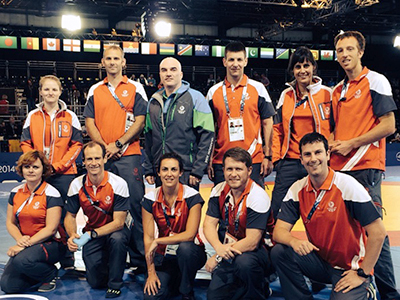
Q: In 2009, you received a VCHRI Rising Star award. What have you been doing since then?
A: I’ve been busy! Receiving the VCHRI Rising Star Award was a great start to my research career. I have earned several other prestigious awards since then. From 2011 to 2014, I worked on developing a novel method for noninvasive examination of bladder muscle function in people with spinal cord injury using an optical technology called near infrared spectroscopy. That research resulted in a Research Associate position offer from the Rick Hansen Institute and an invitation to join a multi-central research team developing a noninvasive telemetric method for home monitoring of bladder function in people with spinal cord injury at the UBC Department of Urologic Sciences.
I am also involved in a number of clinical research projects in different disciplines as a consultant and teach Applied Pathophysiology in Biomedical Engineering, a course that I designed, to graduate students in UBC’s Biomedical Engineering program.
Q: What is your proudest achievement?
A: On October 30, 2012, while on a flight from Amsterdam to Vancouver, I performed CPR successfully and saved a life. That was my proudest professional achievement as a physician. As a researcher, inventing a new concept in medicine to diagnose tissue inflammation using a light-based technique was significant. Based on that concept I then developed a new method for rapid screening of urinary tract infection in children by optically scanning the bladder wall.
Q: What do you like to do when you’re not working?
A: I like watching movies, reading books, spending time with family and friends, and traveling.
Q: What would you be doing if you weren’t a researcher?
A: I would continue what I was doing before, practicing medicine as a sport physician. I love treating sport injuries and helping athletes from of all levels to return to the field and to active lives quickly and safely. As an Olympic Medical and Doping Control Director, I have had the chance to serve at many sport events including the Olympic Games in Athens, Beijing and London. And I will serve at the Rio 2016 Olympic Games too. Working for and with athletes and active people is always rewarding and enjoyable for me.
Q: Are you happy to have changed career paths?
A: There are definitely financial challenges with being a researcher as opposed to a physician, and living on grant money can be stressful, however, I get to do innovative research and that’s what I love.
